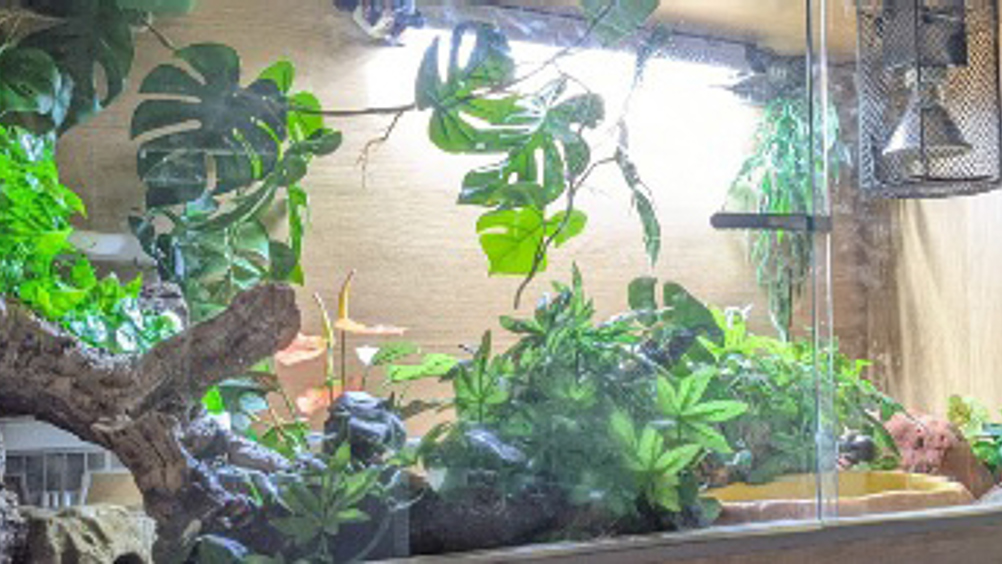References
Reptile husbandry: the basics

Abstract
Reptiles are becoming increasingly popular pets. Appropriate species-specific husbandry should be provided for each individual for them to thrive and not simply survive. Enclosure choice does not always mean a vivarium, with a variety of options now available. A size appropriate for the individual should be provided – for larger species, this may mean dedicating rooms or heated outdoor enclosures for them. Substrate choice is critical, as risks such as gastrointestinal obstruction are present, and owners must ensure their animal can exhibit normal behaviour, such as burrowing. Both thermal and light gradients should be provided, allowing reptiles to bask as they would outside of captivity. Provision of water at all times is necessary and must be tailored to each species to ensure they actually use this resource. No perfect enclosure exists, as it is impossible to recreate the identical environment that reptiles inhabit in the wild. Understanding these different components will allow veterinary teams to advise owners appropriately, improving animal welfare and reducing presentations of preventable diseases in clinics.
With reptiles becoming increasingly popular pets within the UK, they are likely to be presented to first opinion vets with increasing frequency (UK Pet Food, 2023). Expectations from owners for both veterinary advice and husbandry guidance for these species, as they are so closely entwined, puts increasing pressure on veterinary surgeons and nurses to have some basic knowledge. There are over 12 000 species within the class Reptilia; while the chance of first opinion vets seeing a crocodile or tuatara is low to non-existent, even the more commonly seen species – ranging from bearded dragon (Pogona vitticeps) to panther chameleon (Furcifer pardalis) – require very different setups to try and recreate the ecological niche their wild counterparts inhabit (Uetz et al, 2023) (Table 1). Throughout this article, reference to the question ‘What do they encounter in the wild?’ will be used. Asking this question when presented with an unknown can help answer many husbandry questions. This article covers the basics to ensure appropriate guidance is provided to clients.
Register now to continue reading
Thank you for visiting UK-VET Companion Animal and reading some of our peer-reviewed content for veterinary professionals. To continue reading this article, please register today.

